Sometimes What Appears as a Pool Chemistry Problem is a Leak
The reason for this tech bulletin is because of a call I got from a pool service tech. He said, “do you know why the salt level has gone down from 3,400 ppm to 1,900 ppm?” I said, “how long did it take for the readings to go down?” “Well, I checked it a couple of months ago, but salt doesn’t change much so I don’t test it very often.” “Okay, how about CYA and TDS? Did they go down too?” “Well, I’ll have to check. I don’t test them very often either.” Later he told me that calcium hardness had gone down from 350 ppm to 230 ppm and CYA from 50 ppm to 30 ppm. So, there was a water leak and not a strange pool chemistry problem.
Lost Water Replaced by Automatic Refill
A pool may have a leak or many leaks that are small but cumulatively, they can be a considerable amount of water. Recognizing that a pool is losing water is difficult with automatic refill devices and regions with high evaporation. The lost water is re- placed automatically, and no one knows how much water is being replaced. (It would be cool to put a water meter on a pool refill line sometime.) It is not just the cost of water that is important.
Water Chemistry is Diluted
Water loss means that the water chemistry is being diluted and more chlorine may be needed, more CYA to protect the chlorine, salt may be lost, and salt generators may have to run longer to make chlorine. So, more electricity is needed, salt cells may develop scale quicker, and more frequent cleaning may be needed. The pH may be increasing because the salt generator is running longer. The pump may need to run longer because the salt generator needs to run longer. Water balance may be off requiring more time and chemicals to balance. If not attended to, corrosive water and staining may result. The pH buffering capacity is changed due to lower total alkalinity, lower CYA, and lower borate levels (if used).
Complete Water Testing Not Usually Performed
Most service techs do not test for all 7 or 8 water conditions every time they visit a pool. They claim that testing for everything is expensive, time consuming, and 4-5 of the tests never change much. The only water conditions that change frequently are free chlorine, pH, and total alkalinity.
So, weekly testing of calcium hardness, CYA, borate, salt, and TDS are considered not necessary. As a result, many service techs only test for these water conditions once a month or even every couple of months.
Lost Water Costs More Than Just the Cost of the Replacement Water
But a pool that is losing water is costing you money, time, and effort. If borate is low, fewer algae are prevented, more chlorine is needed, and the pH can rise quicker. If CYA is lower, the UV protection is lowered requiring more chlorine. And the pH buffering against pH decrease is lowered. Lowering the calcium level can create corrosive water conditions, a negative LSI, or even plaster and grout problems. Low salt can cause premature salt cell damage, cause less chlorine to be made, and require longer run times. None of these conditions are noticeable weekly but if only checking these water conditions every two months, the small changes are multiplied by 8 or 9 (weeks in 2 months). So, a loss of 2 inches per week is 16-18 inches in 2 months.
Water Loss Goes Unnoticed But Can Be Huge
If the average depth of the pool is 4 feet 6 inches or 54” (shallow end of 3 feet and a deep end of 6 feet equals an aver- age depth of 4.5 feet), then the water loss is 18/54 or 33.3% water volume loss!
Because the pool is automatically refilled, you are unaware this is happening. But you may be wondering why this pool uses more chlorine than others, why the pH and alkalinity are always changing, why the salt level has gone down by 800 ppm, why borate is half of the 50 ppm you added, why CYA is half of the 50 ppm you adjusted it to, why calcium hardness has dropped by 100 ppm, and why TDS is going down. These unexplained events are indicating that the pool is losing water. Testing the water every two months will show a difference but do you look for a leak or do you wonder what has happened to the pool chemistry and wait another two months?
Pool Chemistry Changes as Water is Lost
The water will have 1/3 loss of calcium, CYA, borate, and salt. Who pays for these chemicals to be replaced? If a pool does not have a salt generator, how much extra chlorine did this require? How much extra acid or bicarb did you need because CYA, borate, and different pH and total alkalinity water added to replace the lost water?
It is normal for calcium hardness and TDS to go up due to evaporation loss. Seeing calcium and TDS levels going down should indicate that water is being lost. You should learn the evaporation rate in your area so you can know what to expect. You can either look up the evaporation rate in your area or Google it, or you can do a bucket test.
Bucket Testing Confirms Leaks or Evaporation
Fill a bucket with water and mark the level with a marker, a piece of tape, or measure from the top down and record the distance. Mark the level in the pool in the same manner. Shut off the autofill if it has one. Then return in a few days or a week and see what the evaporation rate is and see if the loss is the same for the bucket and the pool. If the pool water loss is greater than the bucket water loss, there is a leak.
Frequent Water Testing and Review Detects Water Loss
More frequent water testing will show you whether a pool has leaks or not. If you suspect a leak, perform a bucket test. Seems like it is far less expensive to be testing more often during the swimming season. My advice is to test the water for all 7-8 water conditions every other week during the season and keep accurate records of water tests and chemical additions. Periodically reviewing the records can reveal problems or trends. It also can show how much the chemicals cost for each pool. A busy pool may need to have their monthly rate changed.
Don’t rely on the salt generator “Low Salt” alarm or indicator to show you when the salt is low and therefore that the pool is losing water. Unless the salt generator salt tester has been calibrated for that pool, the salt indicator may not come on when the salt level is low.
A service tech I spoke with said that if I suspect a leak, I shut off the water autofill and do a bucket test.


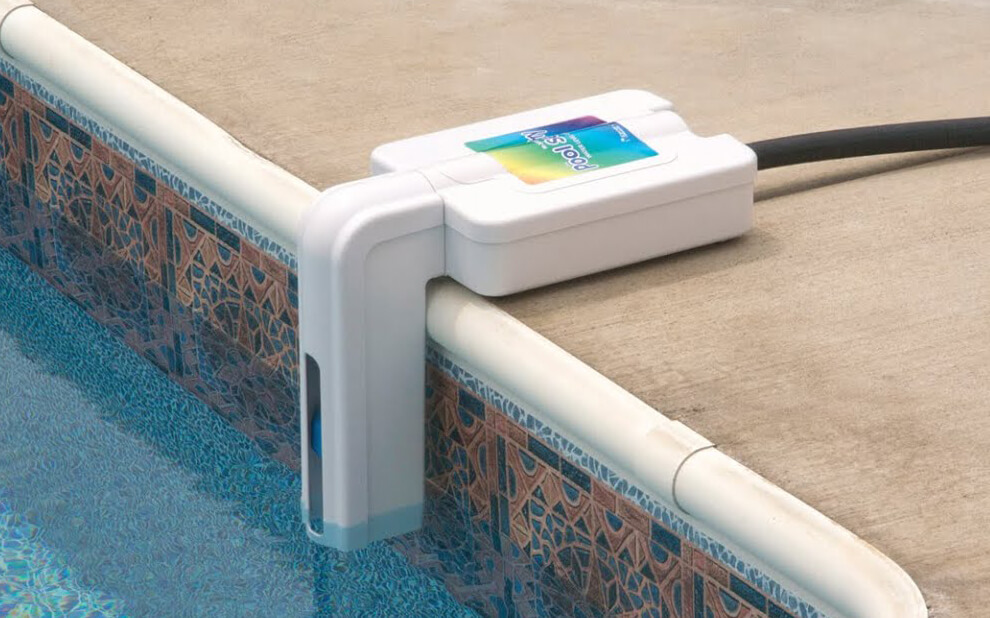
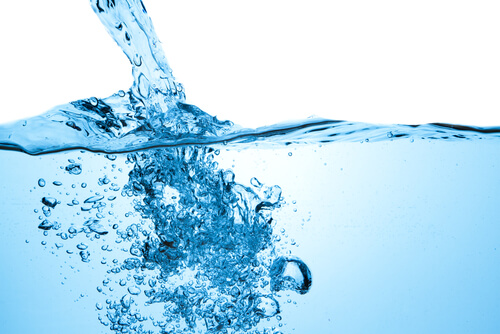
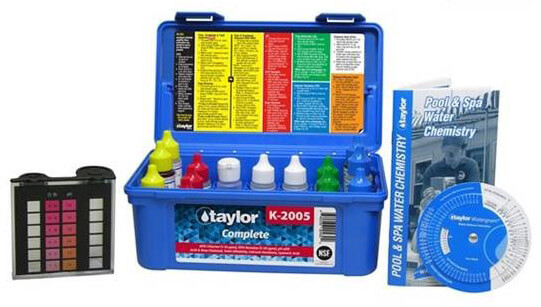
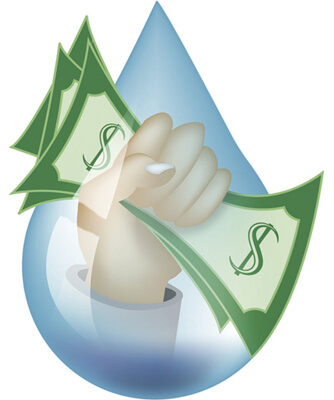

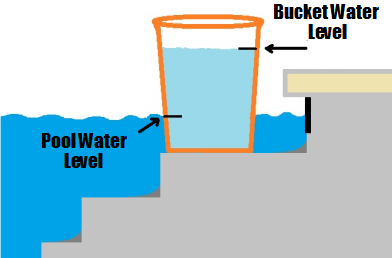
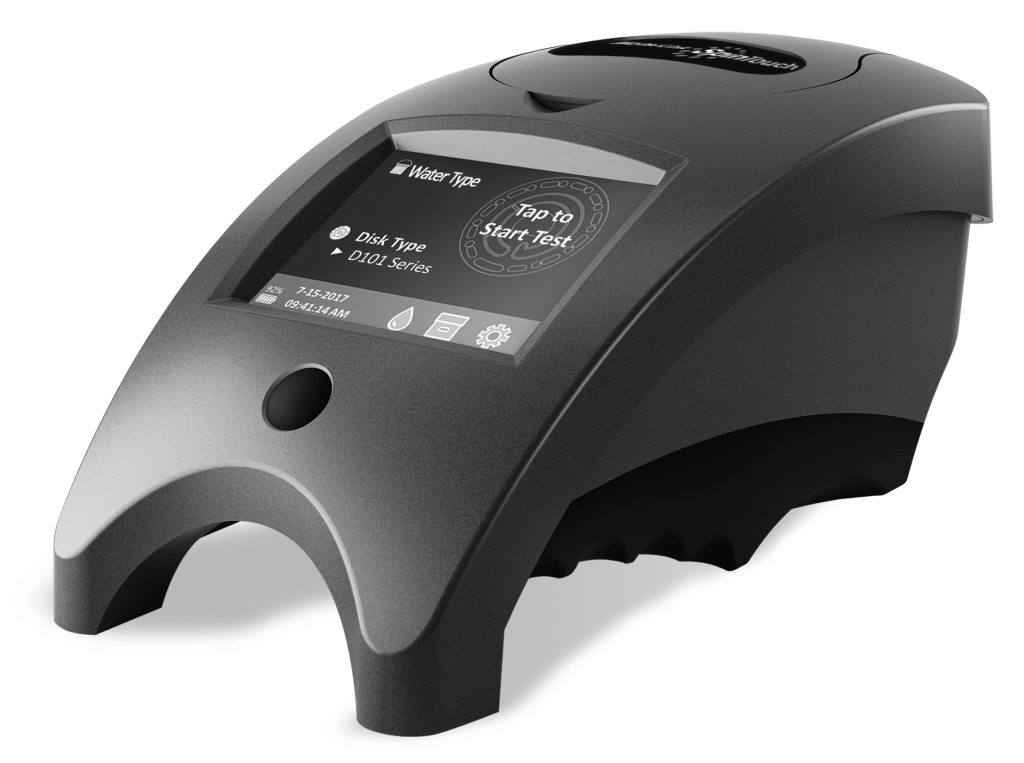



1 Comment
Leave your reply.